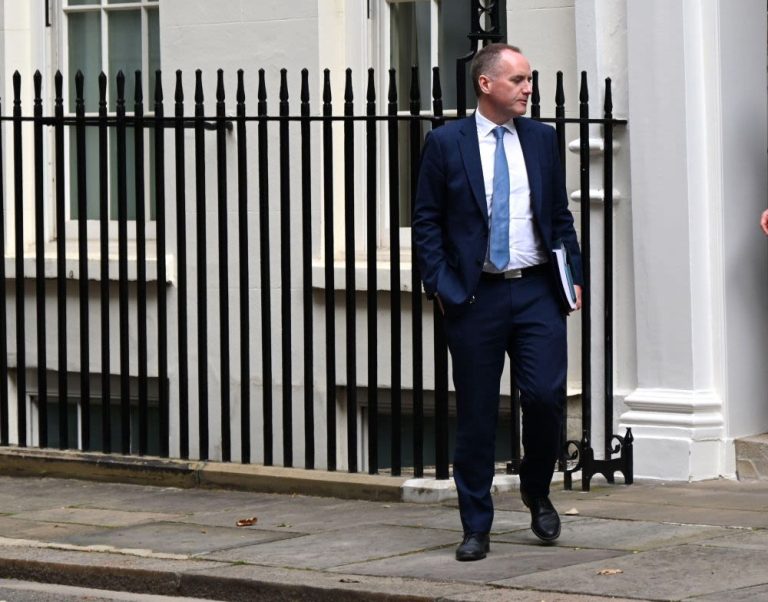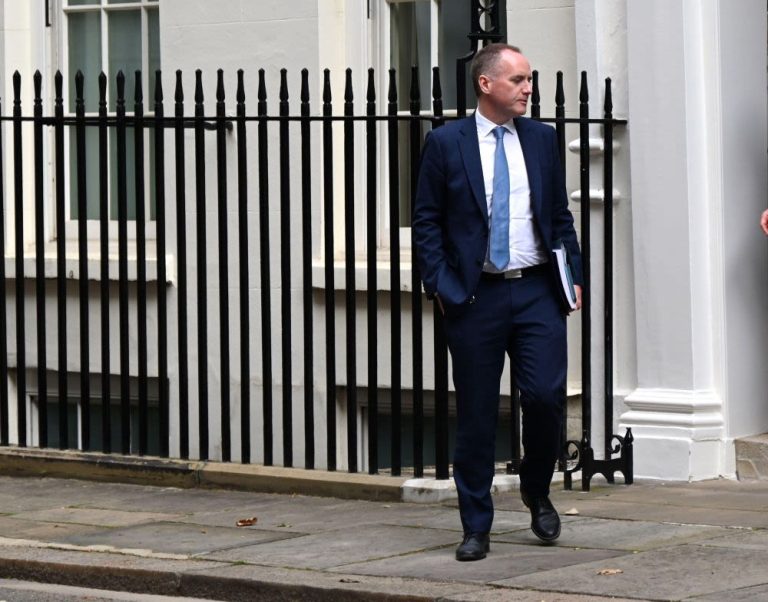
New data from the Insolvency Service shows that company insolvencies in England and Wales declined by 8% in June 2025 compared to May, signalling a possible respite for firms grappling with higher costs, tax rises and subdued consumer confidence. With 2,043 insolvencies last month—16% fewer than in June 2024—analysts and business leaders are cautiously interpreting these figures as a glimmer of resilience in the face of ongoing economic headwinds.
Key figures and trends
The June slowdown in corporate failures was driven primarily by a sharp reduction in creditors’ voluntary liquidations (CVLs), the most common insolvency route. In a CVL, directors themselves initiate a winding-up process with creditor approval, often reflecting a proactive decision to halt operations before debts spiral further out of control. June’s CVL numbers fell significantly month-on-month, suggesting some boardrooms opted to weather the storm rather than pulling the plug immediately.
Administrations—where independent insolvency practitioners step in with a goal to rescue the business or achieve a better outcome for creditors—also dipped in June. Although administrations tend to involve larger, more complex cases, the sectors recording the highest levels of these interventions in the first half of 2025 were manufacturing and construction. Notably, even those industries saw fewer administrations than during the same six-month period in 2024.
Sectoral pressure points: retail and leisure
Despite the overall dip, specific industries continue to show signs of strain. Retail and leisure firms have struggled disproportionately this year, in line with job data indicating a sharp drop in employment across hospitality venues and high street shops. These businesses have faced the triple challenge of dampened consumer spending, persistent supply-chain costs and rising energy bills during what should have been peak trading months.
Expert insights: is this resilience sustainable?
David Hudson, a restructuring advisory partner at FRP Advisory, describes June’s reduction in insolvencies as “a glimmer of relief,” pointing out that record hot weather gave hospitality and retail outlets a final sales boost. However, he cautions that the UK’s unexpected inflation jump could soon erode these gains. According to Hudson:
- Higher inflation will continue to squeeze profit margins and dampen consumer demand.
- Many companies may have only achieved breathing space by drastically cutting costs.
- Without a sustained recovery in consumer spending or further input-cost relief, the June reprieve may prove temporary.
Meanwhile, Benjamin Wiles, head of restructuring at Kroll, emphasises that the overall decline in administrations demonstrates “a level of resilience that shouldn’t be overlooked.” Yet he raises a critical question: are businesses now fundamentally stronger, or merely treading water? Wiles warns that the second half of the year will determine whether this newfound stability can be maintained or if fresh pressures will push more firms into distress.
Economic context and government response
These insolvency trends come against a backdrop of tighter fiscal policy and higher taxes designed to rein in public borrowing. At the same time, consumer sentiment surveys continue to flag widespread uncertainty about household budgets and job security. The interplay between these factors makes the monitoring of business failures a key economic indicator for policymakers.
The government and the Bank of England will be closely watching next month’s data, as sustained declines in insolvencies could support the case for holding interest rates steady. Conversely, any reversal could prompt renewed concerns about a downturn and intensify debates over potential support measures for struggling sectors.
What businesses can do now
In light of the mixed signals, company directors are advised to focus on:
- Careful cash-flow forecasting to ensure liquidity through periods of low demand.
- Reviewing cost structures, including supply-chain contracts and energy procurement.
- Investing selectively in areas with clear growth potential, such as digital services or premium offerings.
- Seeking early advice from insolvency practitioners if trading conditions worsen, to explore rescue options.
Such proactive measures can help firms avoid crisis-driven closures and potentially capitalise on any upturn in market conditions.
Outlook for the remainder of 2025
While the June insolvency figures provide a rare note of optimism, the road ahead remains fraught with challenge. High energy costs, persistent inflationary pressures and global economic uncertainty mean that many companies will continue to operate precariously. Yet, if the resilience signalled by June’s data can be translated into sustained stability, business failures may stabilise at lower levels, preserving jobs and maintaining investor confidence.




